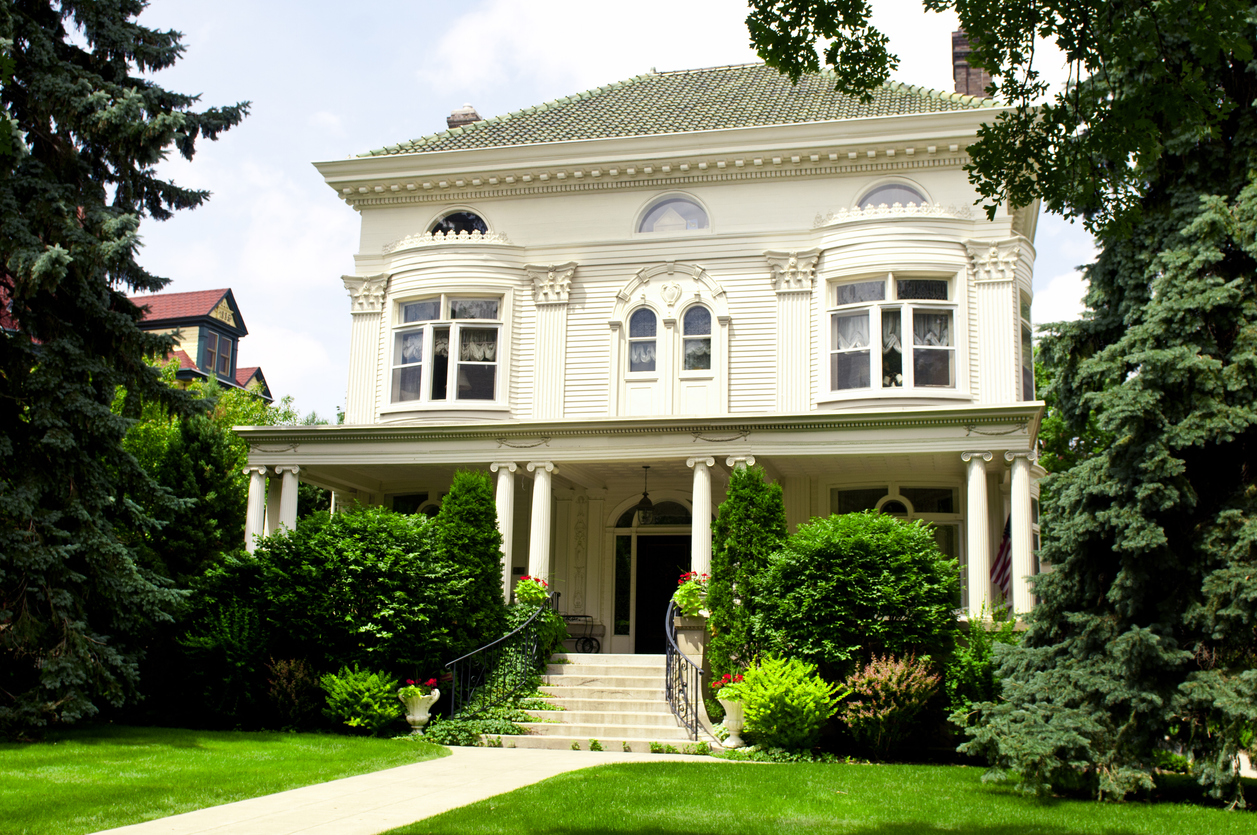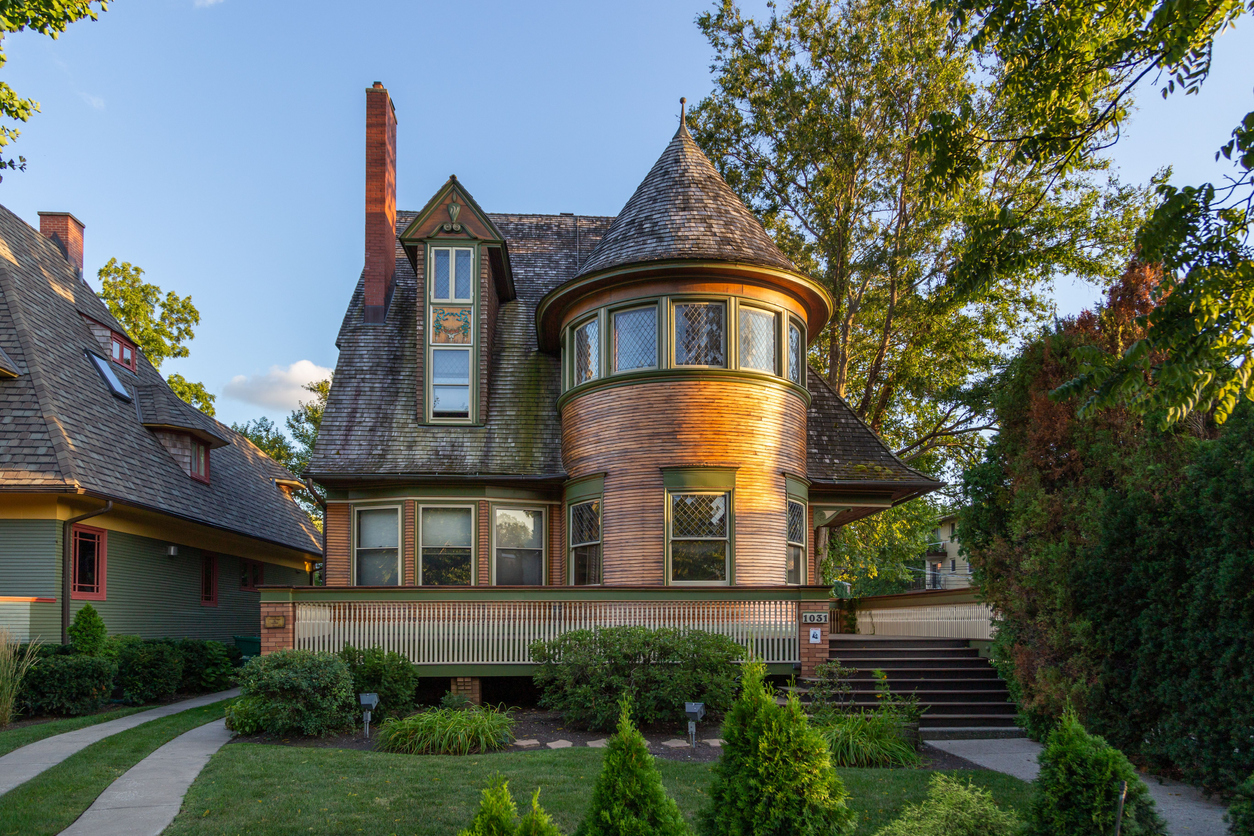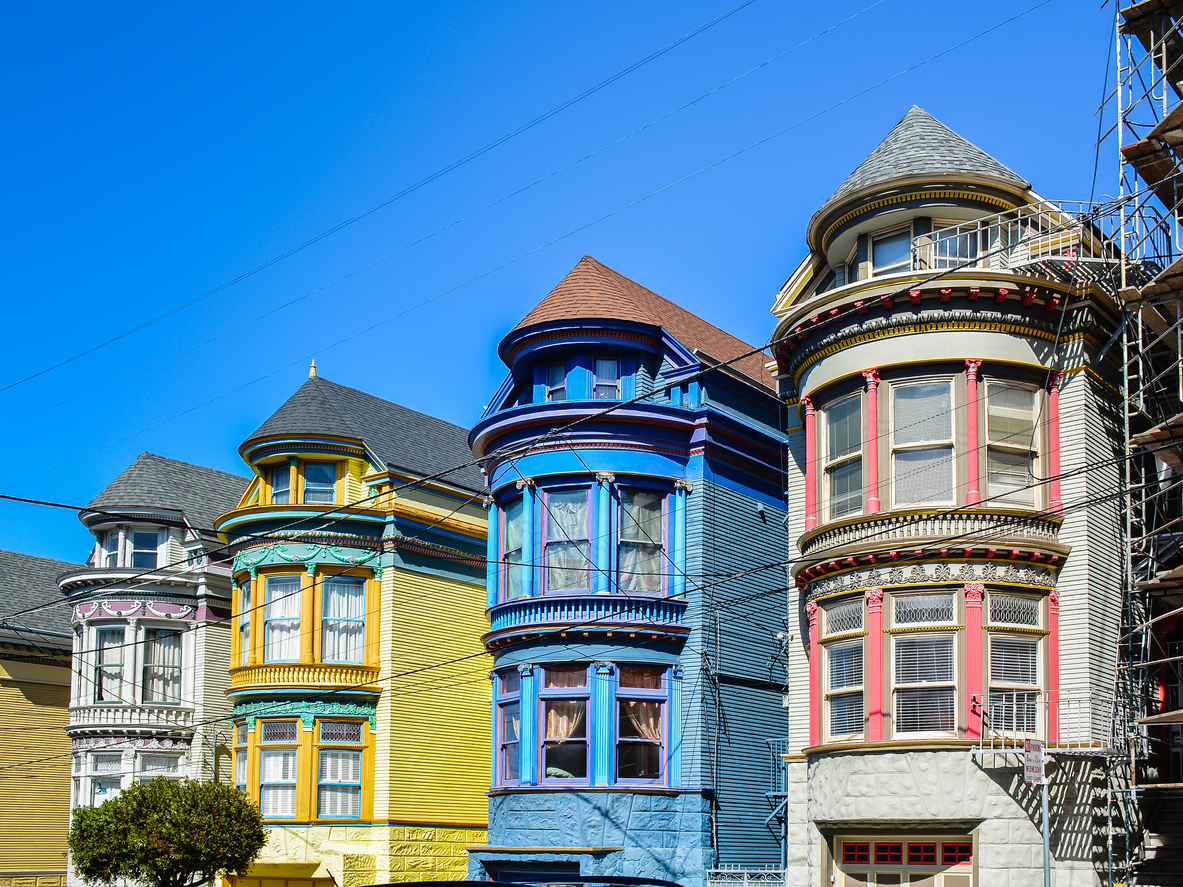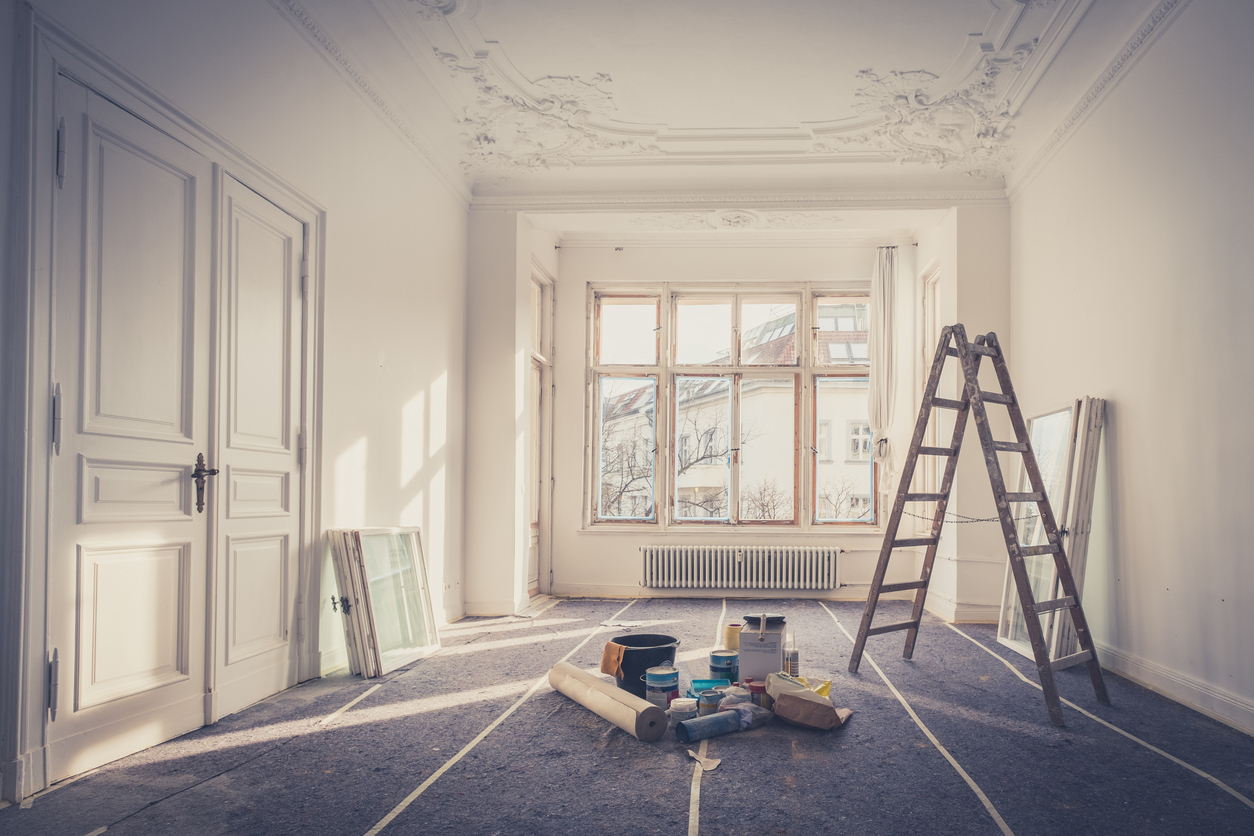

We may earn revenue from the products available on this page and participate in affiliate programs. Learn More ›
Older homes possess charm, character, and craftsmanship that fill some people’s heads with dreams of historic home ownership. Drive through any older neighborhood to see examples of houses with time-tested materials, unique features, and a sense of significance that newer homes can’t match. While new-build homes boast more electrical outlets, modern amenities, and shiny finishes, for many home buyers, these features don’t compare to the long-held vision of owning an old home. The good news is that the advantages of historic or vintage home ownership are more than just a dream. Before making the leap and signing a contract, take a look at some real-world perks of buying an older house.
RELATED: Living Modern in an Old House
Established Location

The location is the most important aspect to consider when buying an older home. Most are located in established neighborhoods that afford advantages like mature trees and proximity to business districts and shopping centers. Living in an older neighborhood also means the infrastructure is already paid for, often resulting in a lower mortgage payment for residents who aren’t having to pitch in for new storm drains.
However, research local trends to ensure the neighborhood property value is stable or increasing. When a good neighborhood transitions to a bad one due to job loss and crime, house values can plummet.
RELATED: 10 Things Preservationists Wish You Knew About Your Old Home
Large Lot Size

Older homes often come with extra land. As land values have increased, these parcels can be even more desirable than the homes that stand on them. A beat-up townhouse in a coveted location might need a million-dollar renovation, but since the land is where the value is, the investment would be worth it. It’s common to see older homes in places with a high cost of living, like New York City, that have been in the same family for a few generations. Eventually, when the house is sold, it needs a complete renovation, including framing, plumbing, and electrical. However, because the location is so coveted, the opportunity to capitalize on an initial investment with some sweat equity is real.
RELATED: 9 Resources for Finding Amazing Old Houses for Sale
Unique Design

While kit homes are popular for their nostalgia, many older homes offer layouts unique to their address. Owners of old houses experience design and architecture that is distinctive, unlike new builds where the floor plan is likely the same as several of the neighbors’ homes. From divided rooms, which are making a comeback now that our love affair with open floor plans is coming to an end, to quality finishes, old houses have features that allow homeowners to express their unique style.
Unfortunately, some older homes lack a cohesive design aesthetic, which can make them a hassle to renovate and repurpose. Be wary of mismatched materials or additions that would be costly to restore.
RELATED: 12 Genius Solutions for Retrofitting Old Homes—With or Without Renovation
Historical Significance

Finding a house that is a historical landmark is an opportunity not only to make a potentially lucrative investment but also to invest in the history of your community. Preserving such a home is a journey that can be fulfilling. Homeowners can apply to have their house added to the National Registry of Historic Places if the property is historically significant or if it’s a prime example of specific architectural styles or cultural turning points.
Your home doesn’t need to be designated a historical landmark to be historically significant, although often the two go hand in hand. For example, if a famous rock star, author, or actor grew up in the home, the value goes up despite the style or condition. The former home of Paul McCartney is nothing special, but because the ex-Beatle grew up there, it is invaluable and has been restored to how it looked during his childhood. Investing in a house with historical significance means that a property is more likely to retain its value and appreciate more than other nearby homes.
RELATED: 6 Old House Features Making a Comeback in New Builds
Restoration Rather Than Renovation

If knocking down walls and gutting kitchens isn’t a homeowner’s idea of fun, then restoring an older home might be a better option. The difference between renovation and restoration often lies in the extent of changes made. The idea behind restoration is to maintain the home’s original floor plan and aesthetic. If an older home is filled with ornate, handcrafted millwork and flooring, a homeowner would be wise to salvage, clean, and restore it. This process helps retain the home’s character and value as a historic property.
However, the cost to restore a home can be expensive and has to make financial sense. “Restored wood looks great in some older homes,” says John Walker, a real estate agent with Deacon & Hoover in Pittsburgh, Pennsylvania. “But it’s costly.”
For homes with landmark status, you’ll have to adhere to strict building codes that protect its integrity. They usually cover the aesthetics of the building, such as the window casings, brickwork, shutters, roofs, steps, and doors. In most cases, historic homes need to stick to period-style finishes, but there are experts available to guide you as you make these meaningful choices.
